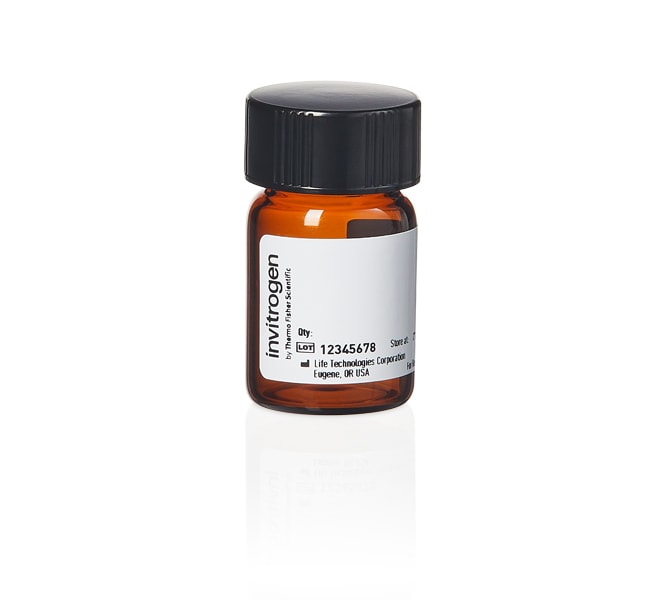Search Thermo Fisher Scientific
- Order Status
- Quick Order
-
Don't have an account ? Create Account
Search Thermo Fisher Scientific

| Catalog Number | Quantity |
|---|---|
| S888 | 5 mg |


Streptavidin is a protein composed of four identical subunits, each containing a high affinity binding site for biotin (K-D = 10 -15 M) . Streptavidin has the same biotin binding properties as avidin, but it has a low isoelectric point (pI=5) and no carbohydrate groups, resulting in low non-specific binding.
Find additional tips, troubleshooting help, and resources within our Protein Assays and Analysis Support Center.
Although we utilize manufacturing methods that minimize the introduction of any contaminants such as RNases, we do not process this product to specifically remove or inactivate RNases and do not test for RNase activity.
Find additional tips, troubleshooting help, and resources within our Cell Analysis Support Center.
Share catalog number, name or link